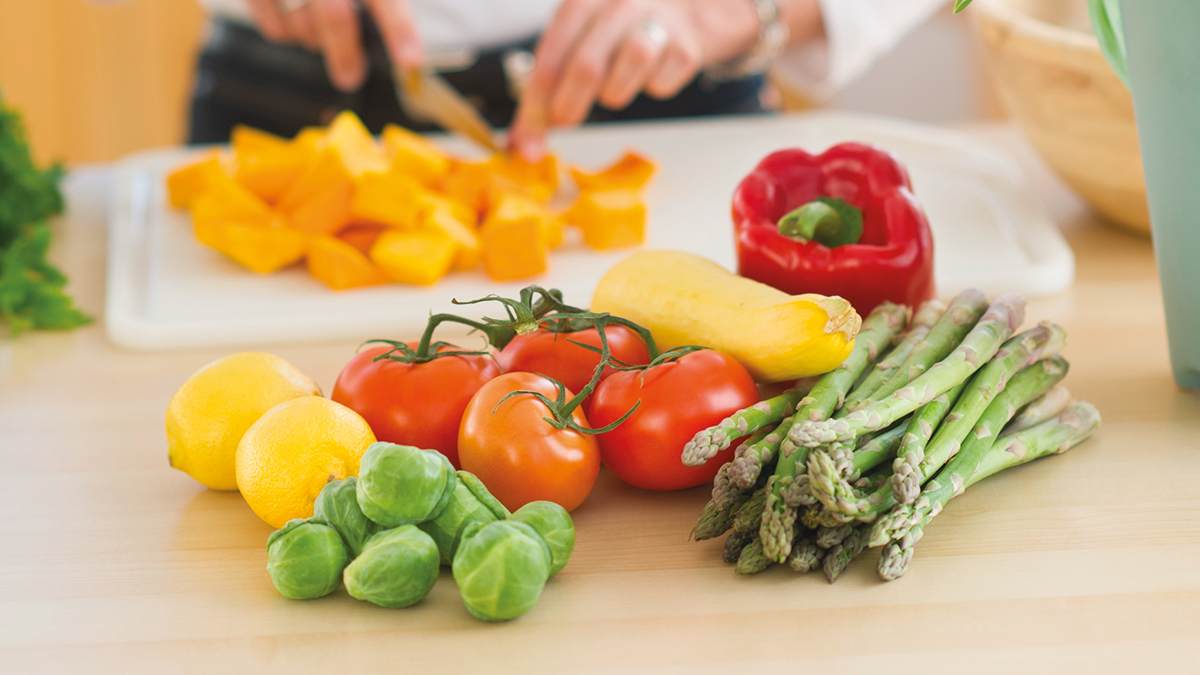One of the most common charges levelled at healthy eating is that it’s a more expensive way to eat. But the truth is healthy eating can be a great way to save money at the supermarket and on your healthcare.
Data from the Australian Health Survey, recently presented at the Dietitians Association of Australia national conference, showed that, for the average Australian household, 58 per cent of their household food budget was spent on discretionary foods. These are items we should be keeping to a minimum, like takeaway food and sugar-sweetened drinks.
Beyond the cost to our wallets, there’s also a cost to our health, with 35 per cent of the average Australian’s daily kilojoules coming from discretionary foods. Professor Amanda Lee from the Sax Institute highlighted in her presentation that poor diet contributes to almost 18 per cent of deaths in Australia.
But the great news is, we have the power to change our diets. According to Dr Lee, “less than 4 per cent of Australians eat adequate quantities of healthy foods”. But the figures show that switching to healthier foods from a discretionary unhealthy diet can cut the household food bill by 15 per cent.
So what does a healthy diet look like? It starts with filling your plate with plant foods! Fruit and vegetables should make up the bulk of all the foods you eat in a day. A good rule to go by when making healthy meals is to look to cover at least half your plate with vegetables before anything else to help you fill up on healthy foods and reach your daily veggie intake. For more info on serving sizes and healthy diets, check out www.eatforhealth.gov.au.
Supermarket savers
Eat seasonally. Keep an eye out for great deals in the fresh food section. Prices fluctuate throughout the year depending on what’s in season. Eating seasonally means you get the best produce at the best price.
Load up on legumes. Legumes aren’t just one of the healthiest foods around, they’re also great value. Replacing meat with legumes in recipes like soups, stews and pastas raises their nutrient content and lowers their cost. Dried legumes can be bought in bulk for handy savings and have a long shelf life.
Make a list. We’ve all been guilty of going to the supermarket without a list and impulsively filling our trolley with everything that caught our eye. With a little pre-planning it’s easy to stay on track and on budget during your weekly shop.







